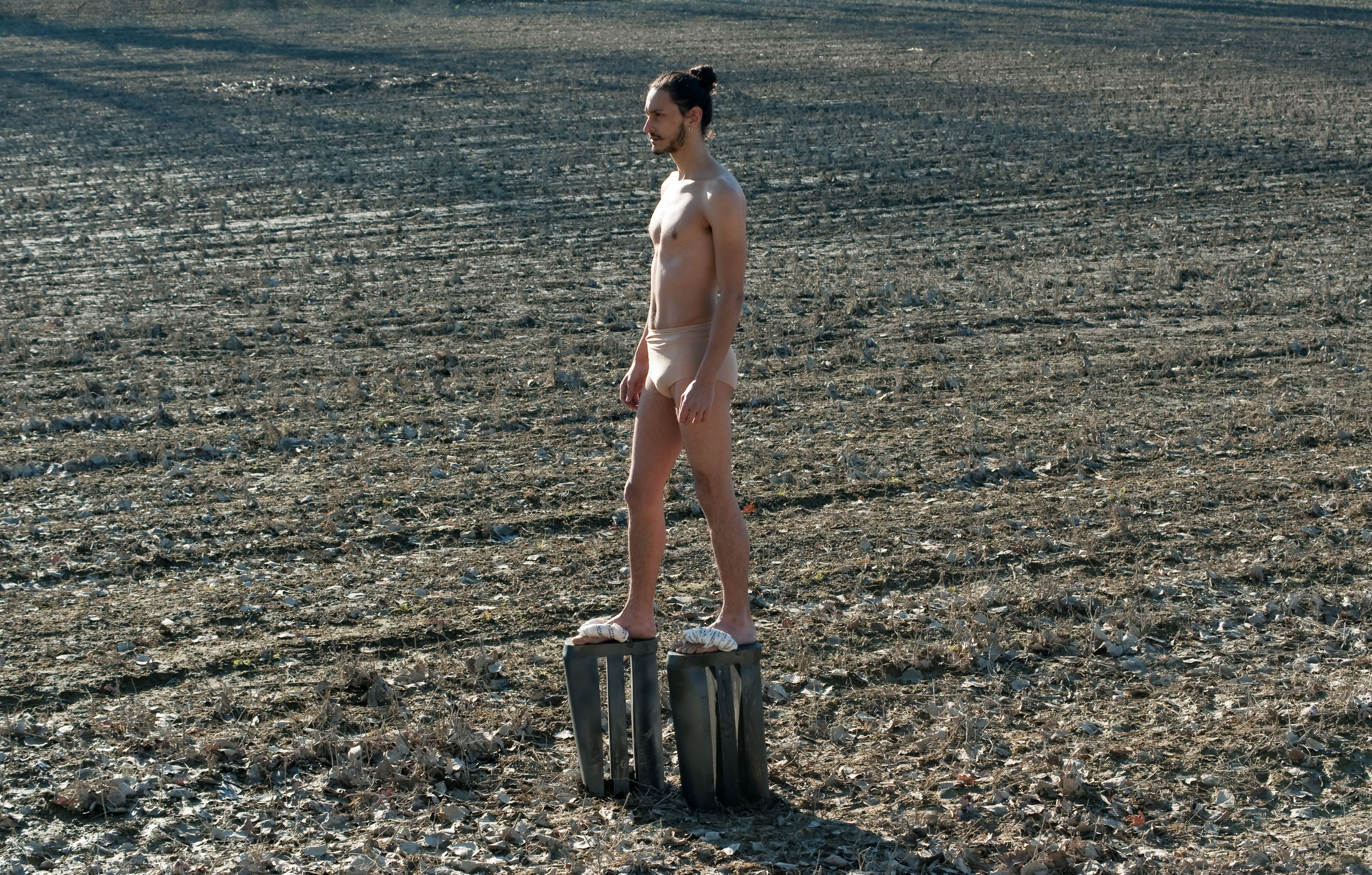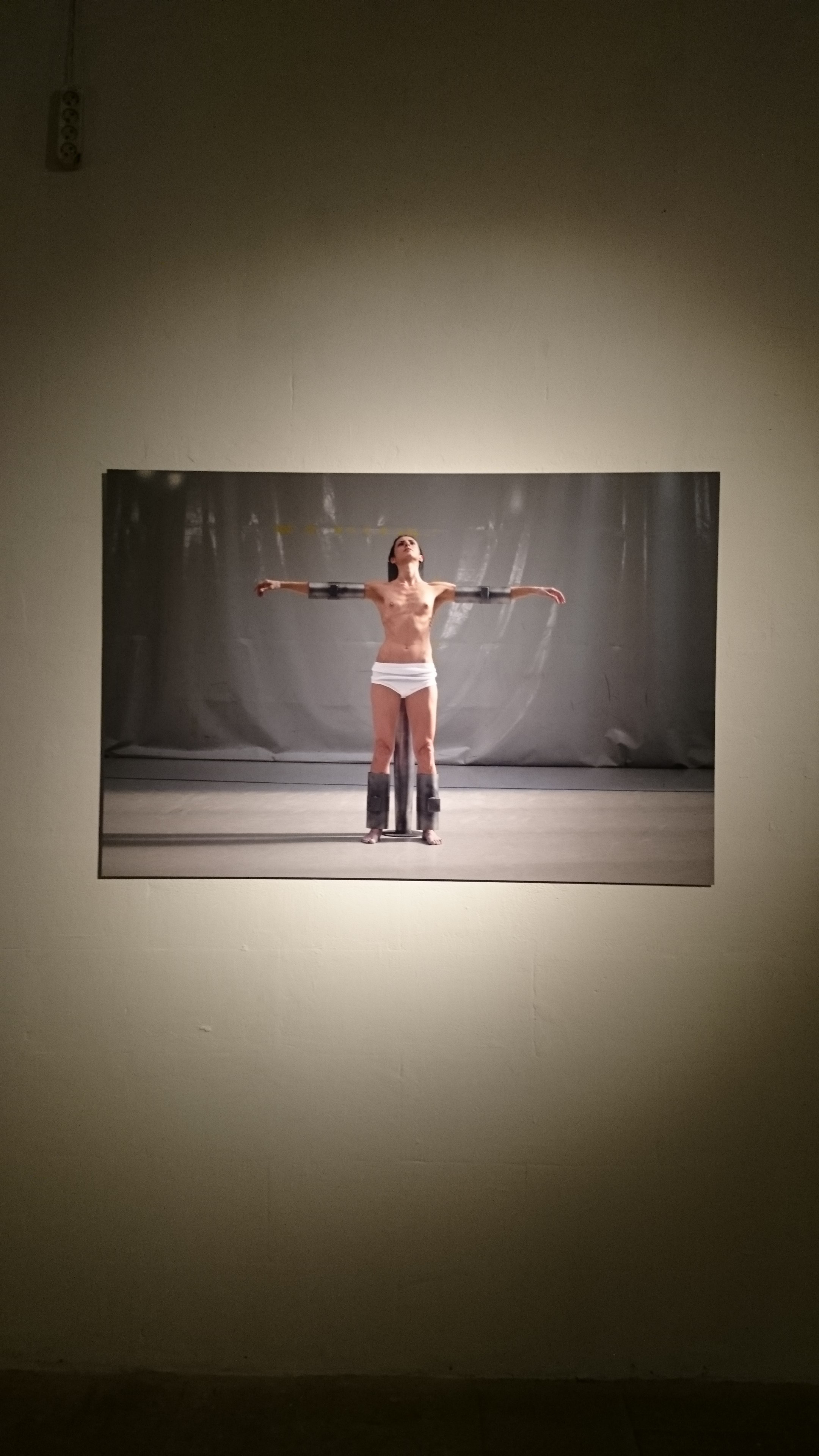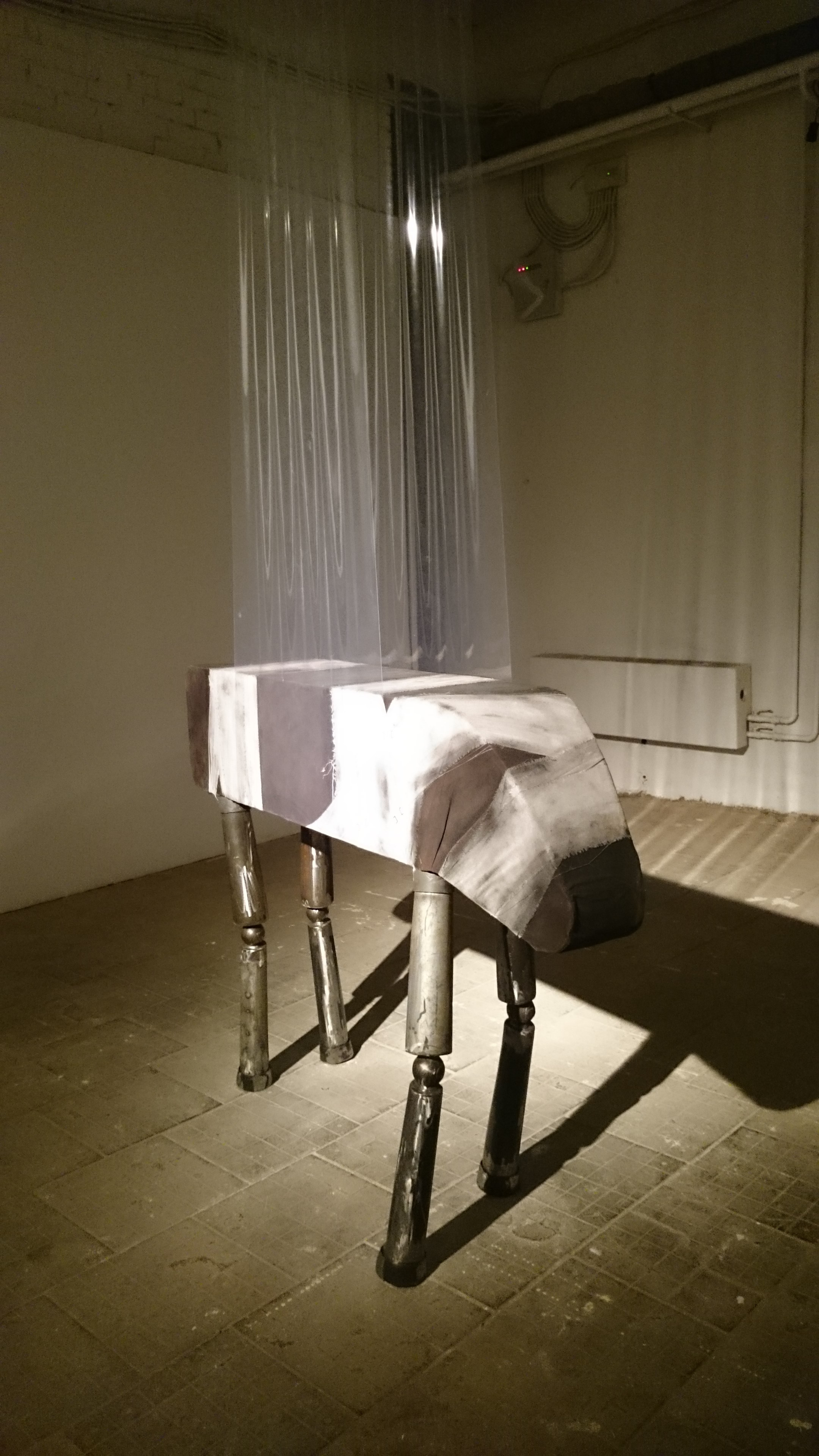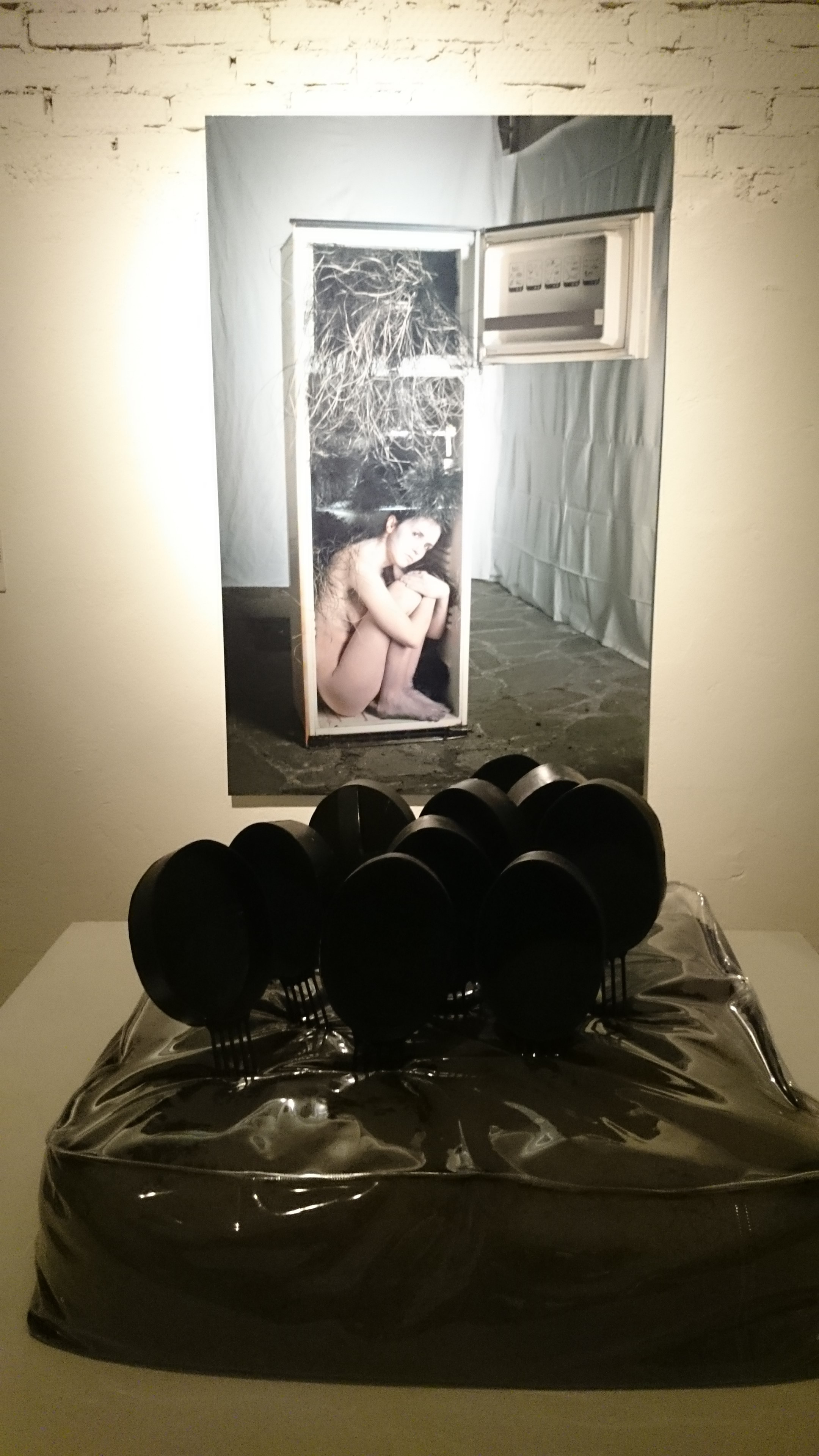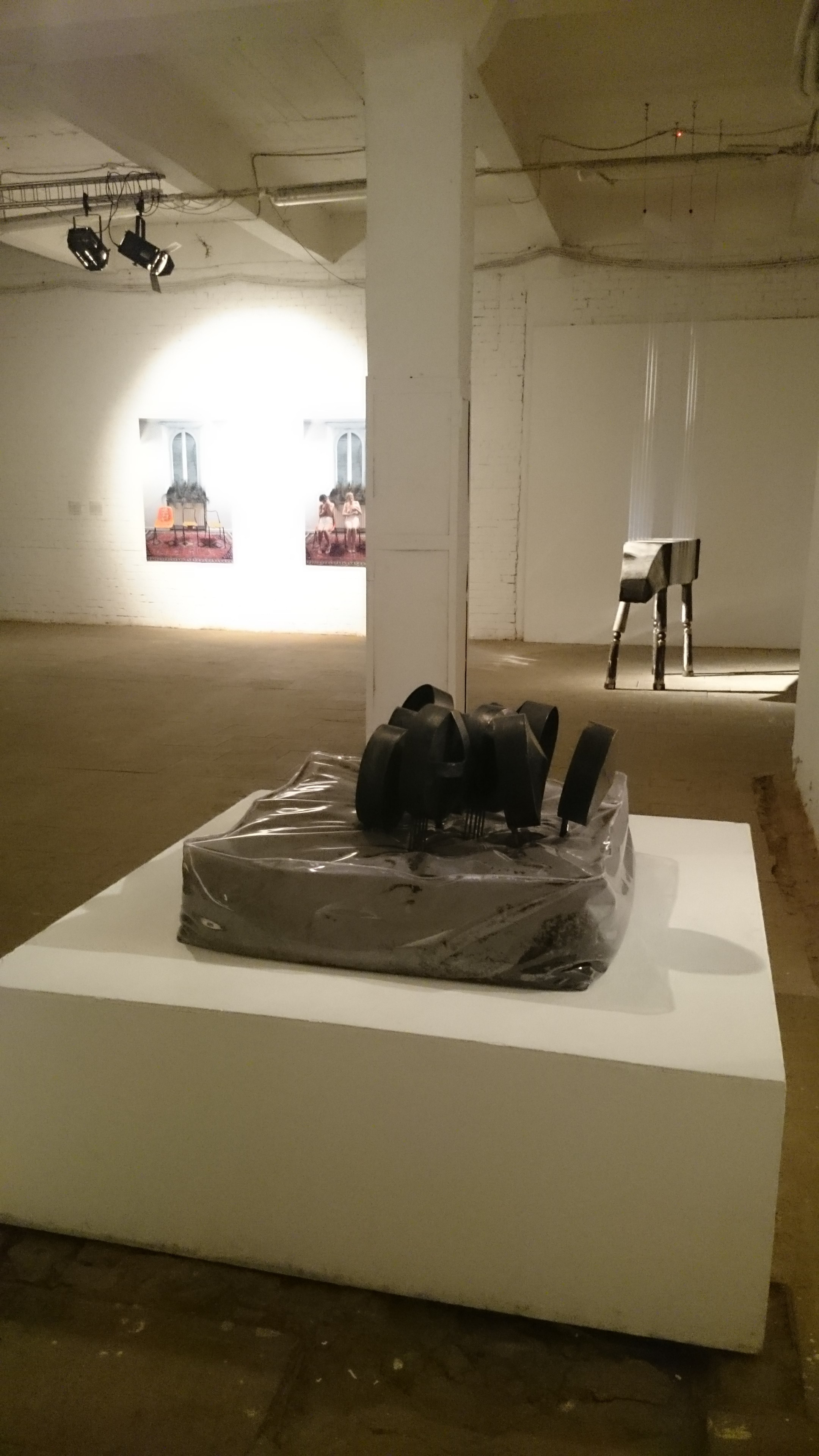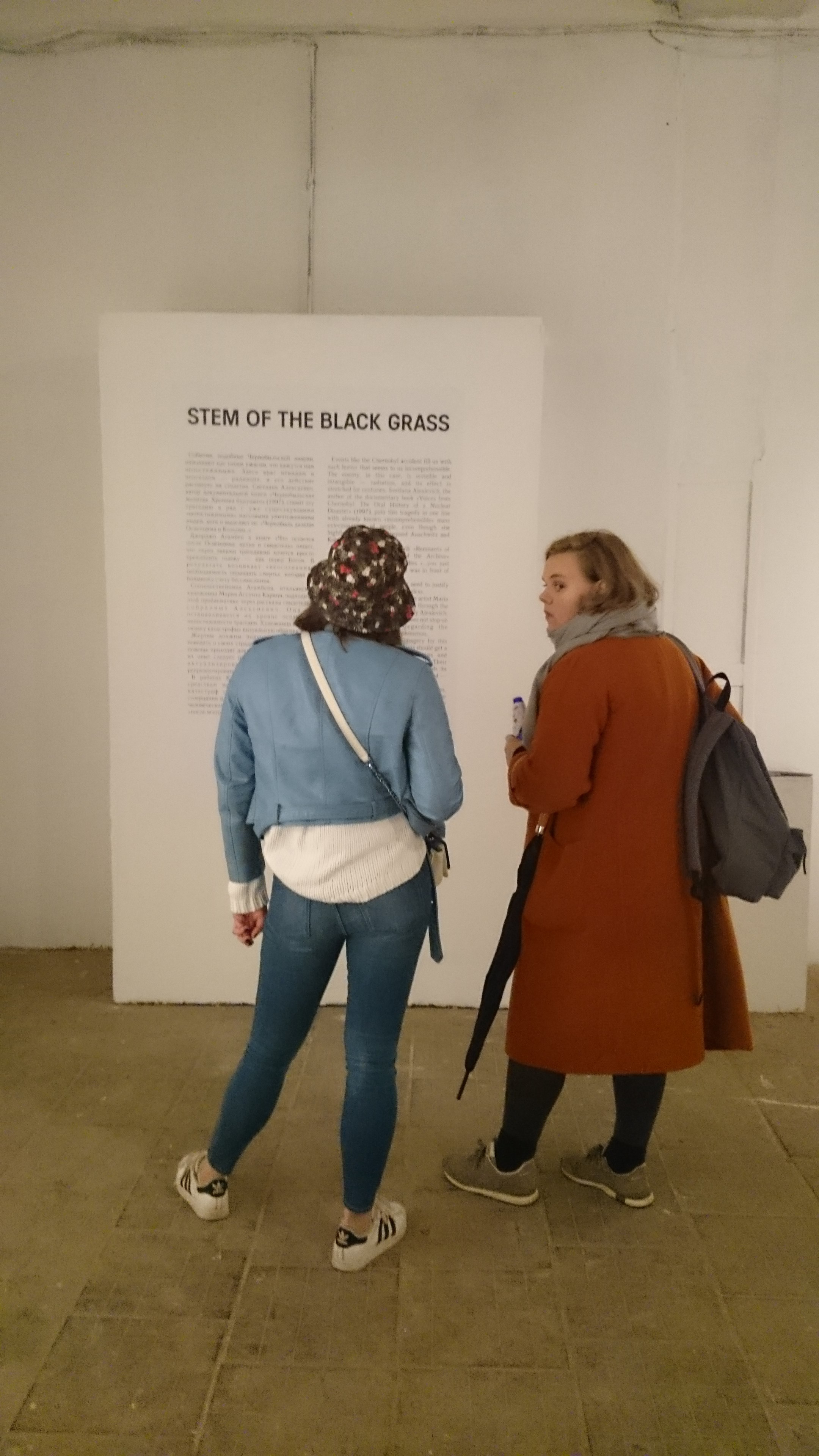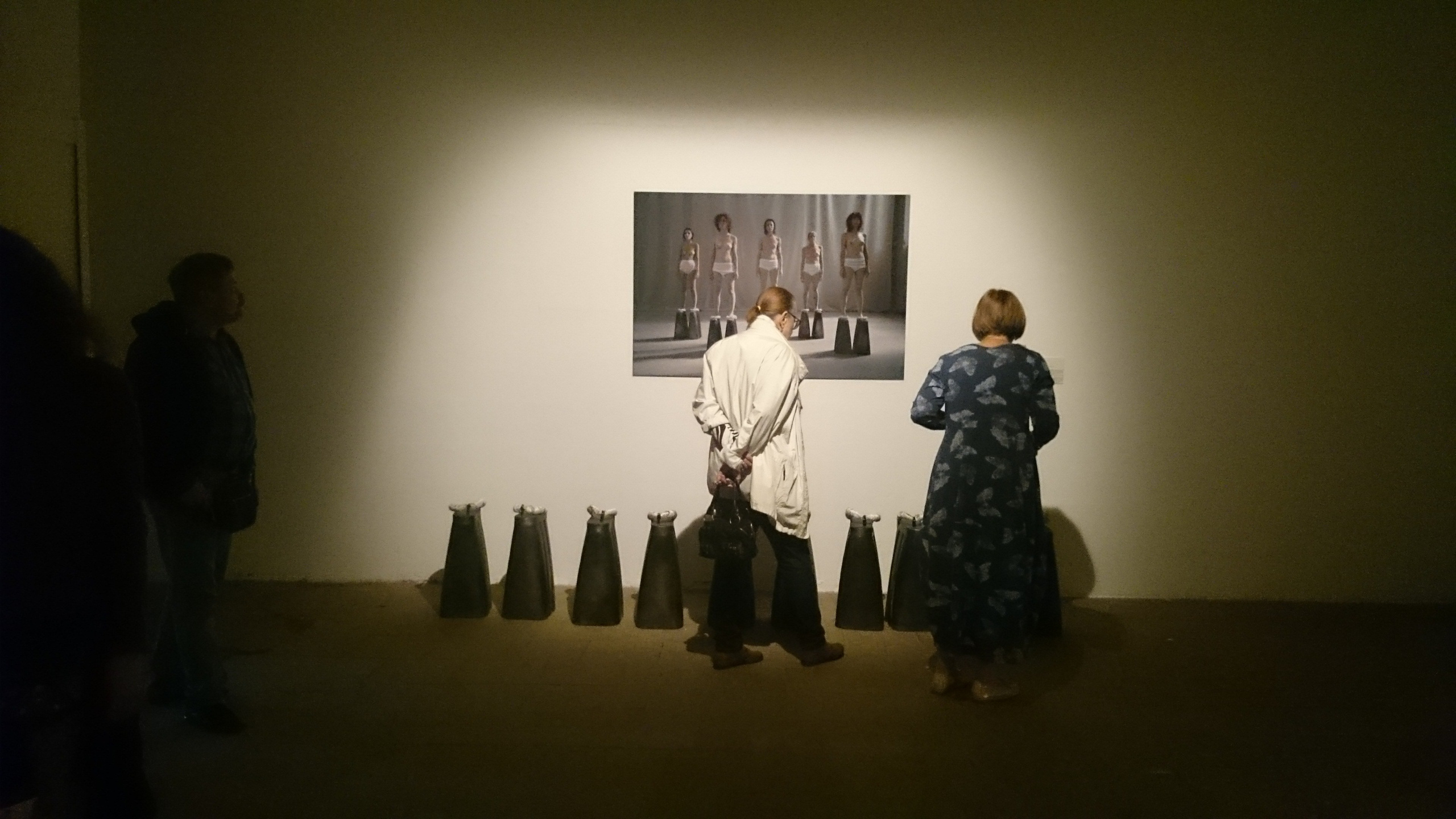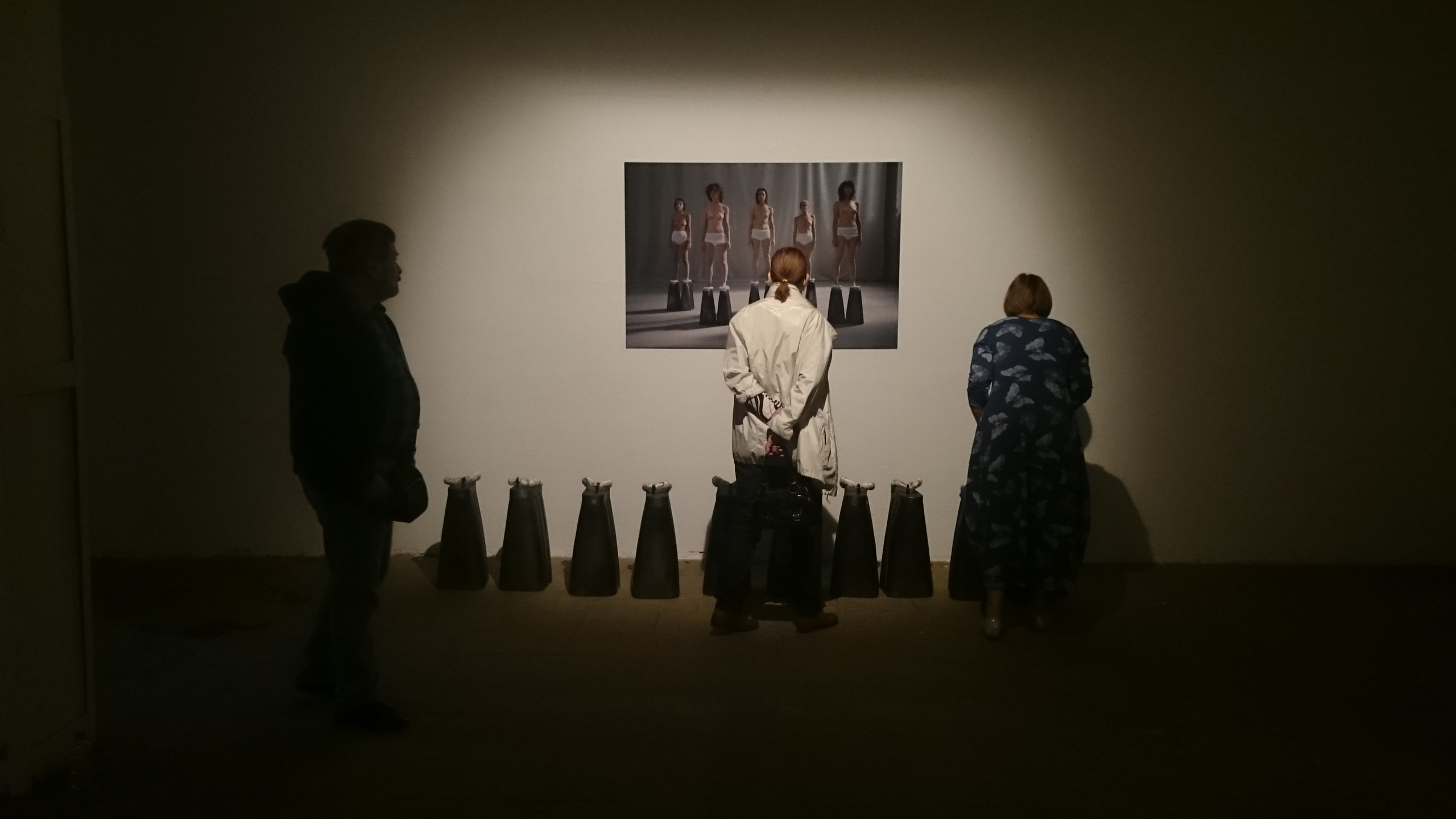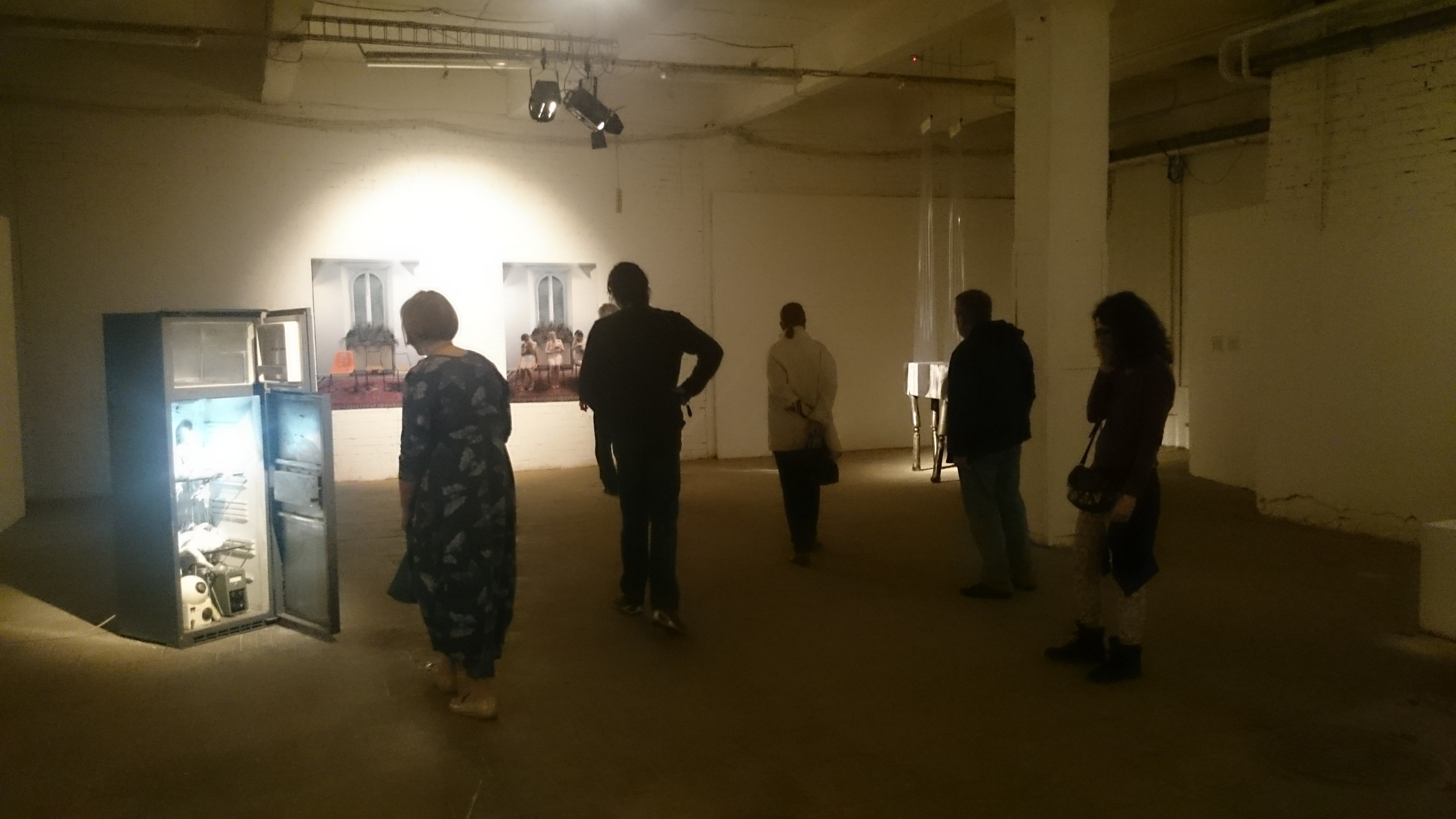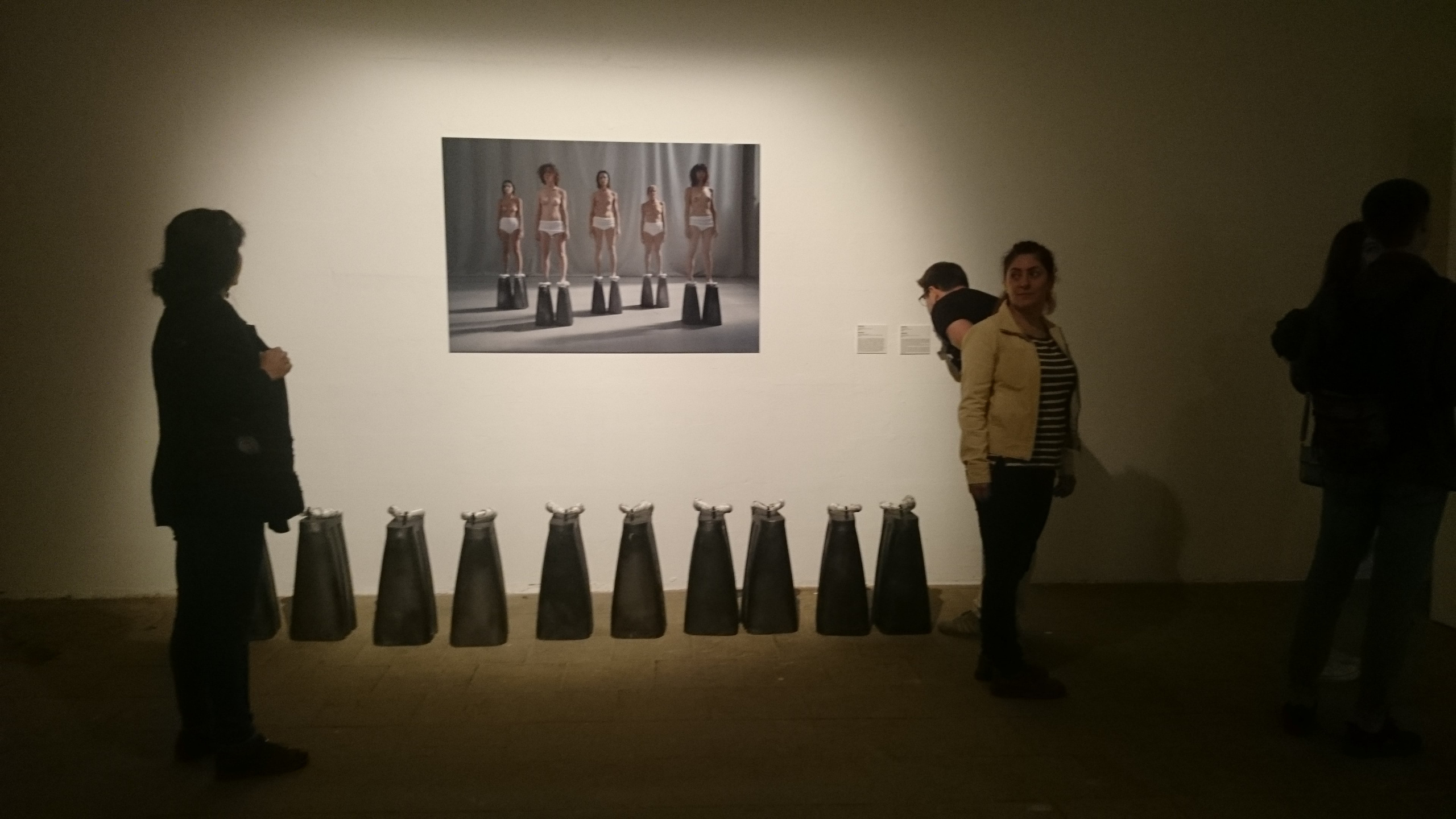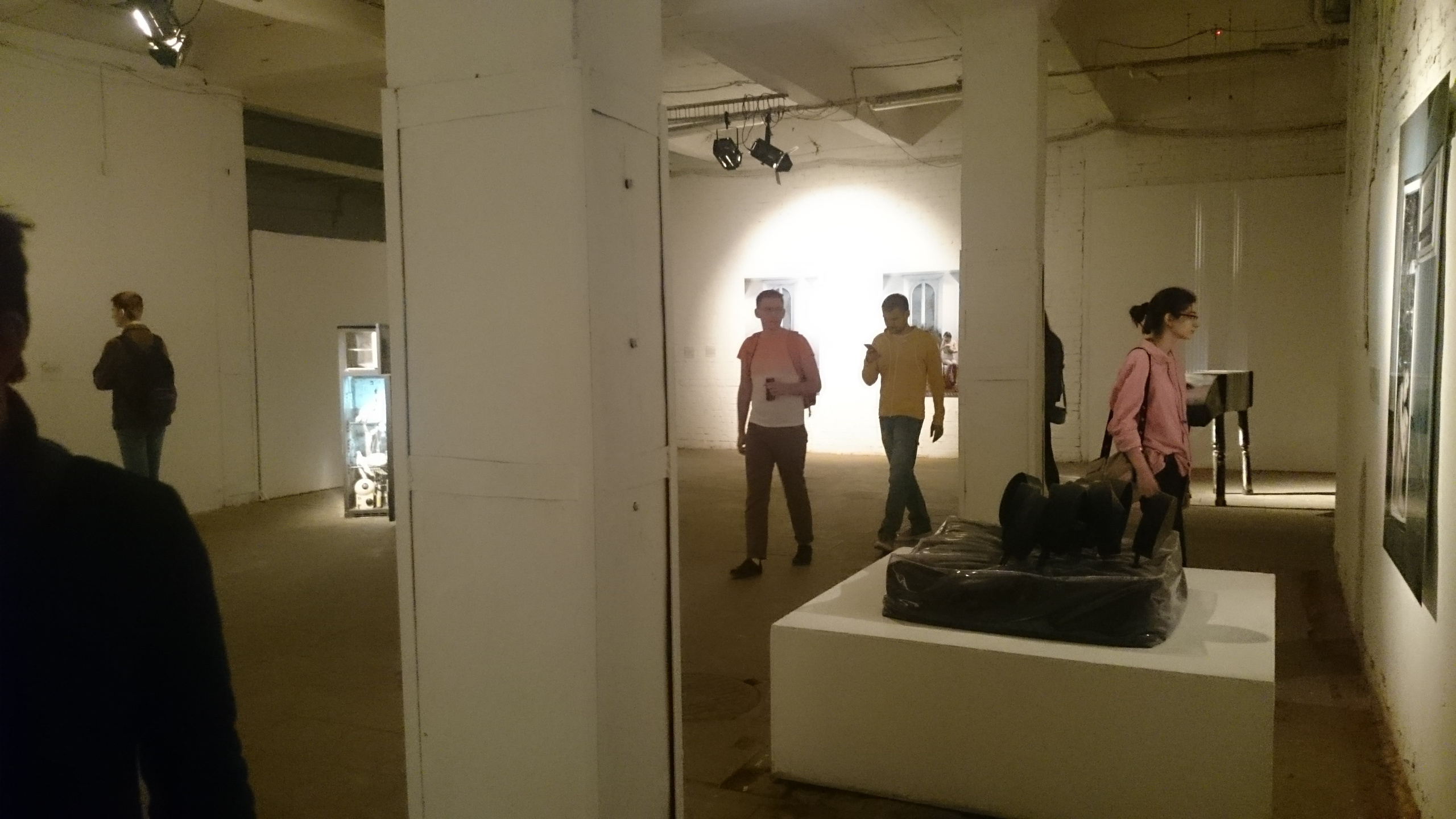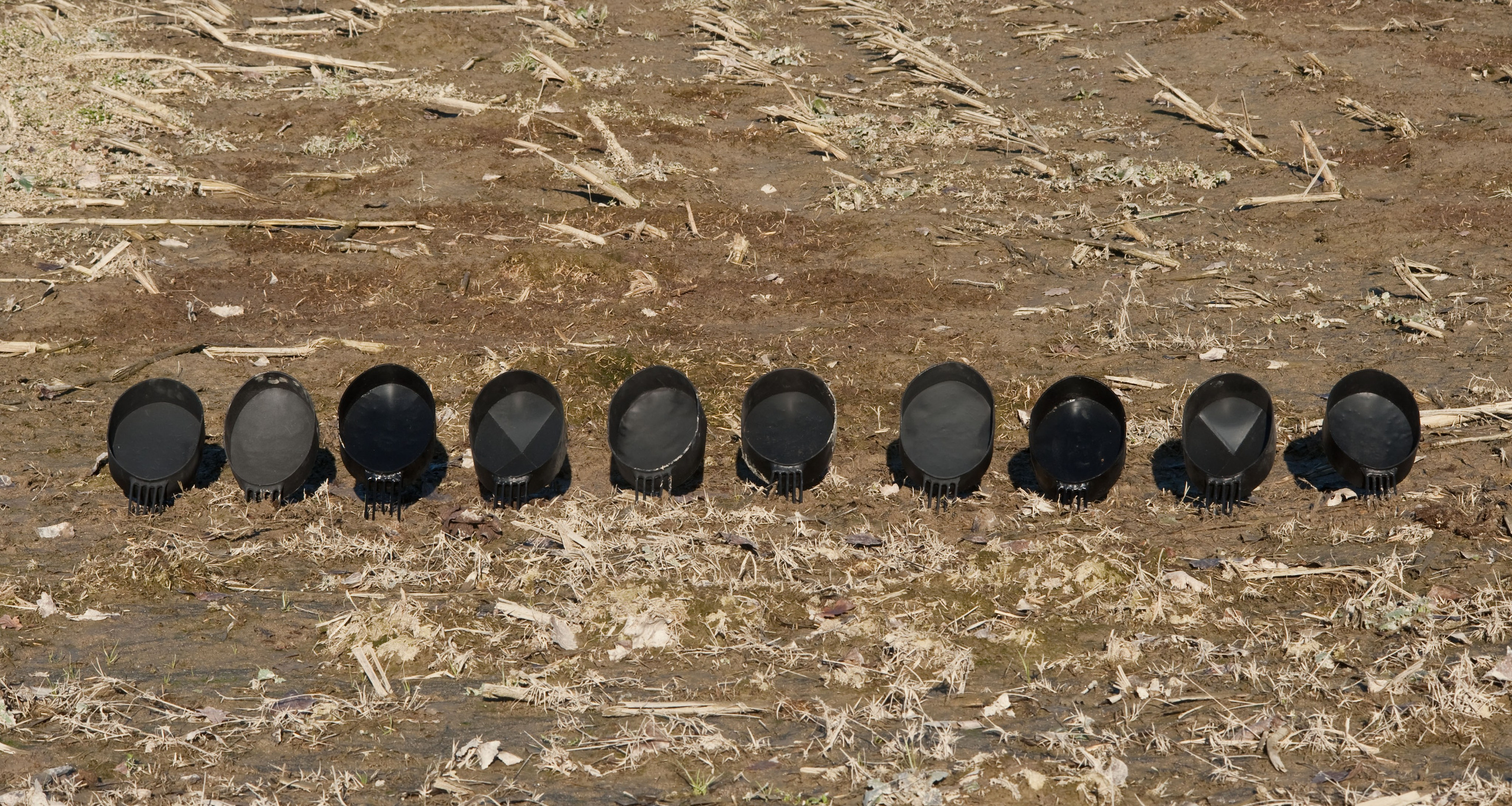STEM OF THE BLACK GRASS
27.04.2017 — 26.05,2017
Artist: Maria Assunta Karini
CCI Fabrika, Moscow
Events like the Chernobyl accident fill us with such horror that seems to us incomprehensible. The enemy, in this case, isinvisible and intangible — radiation, and its effect is stretched for centuries. Svetlana Alexievich, the author of the documentary book “Voices from Chernobyl: The Oral History of a Nuclear Disaster” (1997), puts this tragedy in one line with already known “incomprehensible” mass exterminations of people, even though she highlights: “Chernobyl beyond Auschwitz and Kolyma…”. Giorgio Agamben in his book “Remnants of Auschwitz: The Witness and the Archive” claims that facing such tragedies “…you just
want to bow your head as if it was in front of God”. The result is an “unconscious need to justify the death”, which is actually senseless. Agamben’s compatriot, the Italian artist Maria Assunta Karini, comes to this issue through the stories of real witnesses collected by Alexievich. Karini, as the Belarusian writer, does not stop on the level of awareness regarding the incomprehensibility of this phenomenon. The artist finds the visual imagery for this “language of catastrophe”. Victims should get a chance to tell about their sufferings and documentary literature helps in it. Their experience must be admitted and it needs its language, it should be actual and represented — which is the task of art. In Karini’s works, the images of catastrophes, which we are quite familiar with because of the mass media, turn out once more to be the subject of contemplation and emotion. They tell us again about the human body and the possibilities of life “after everything”.

